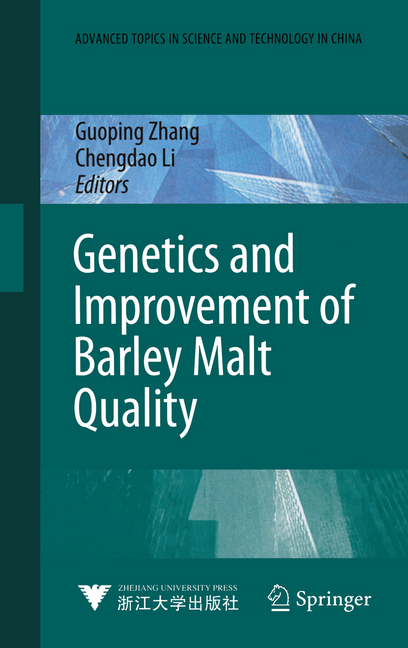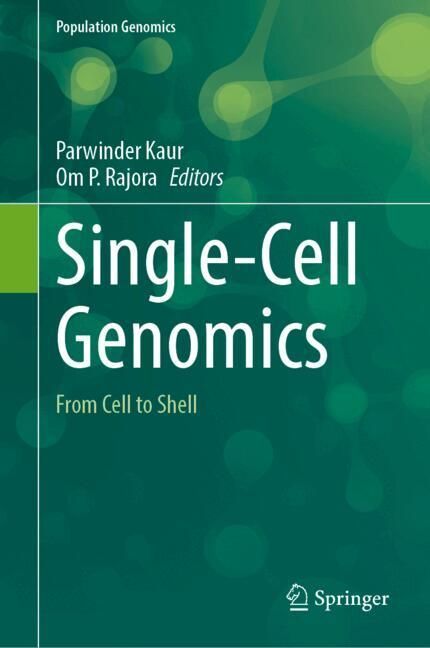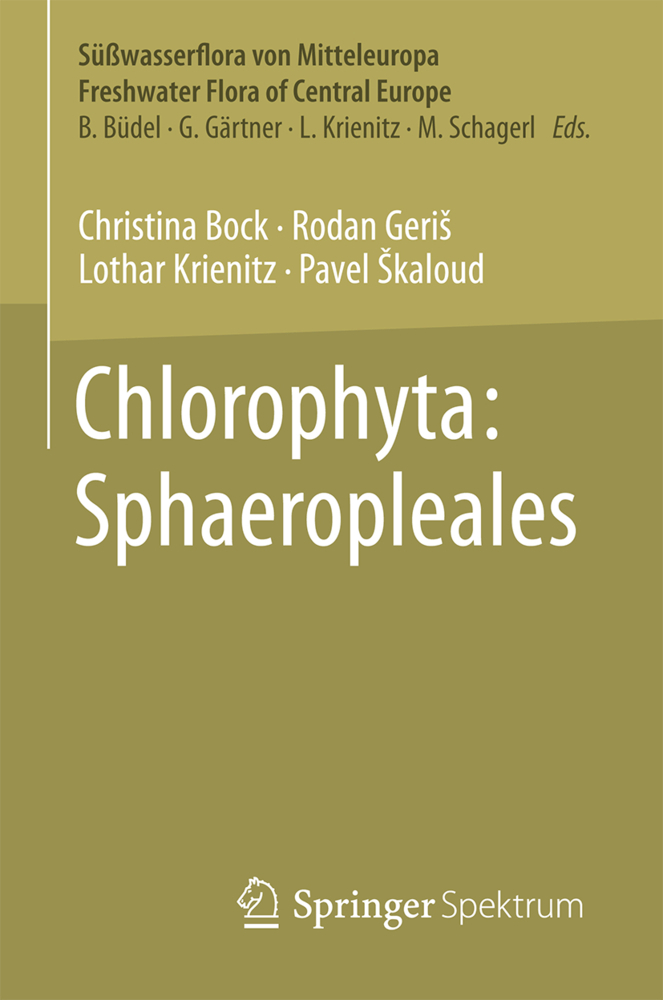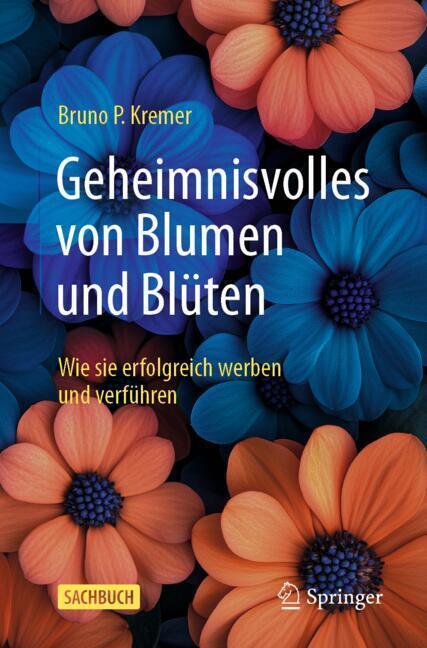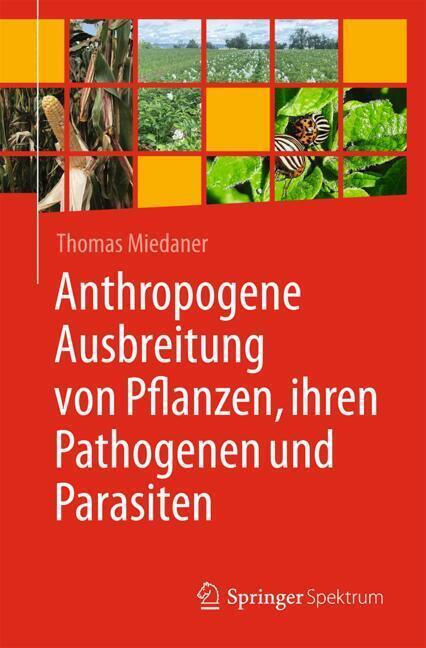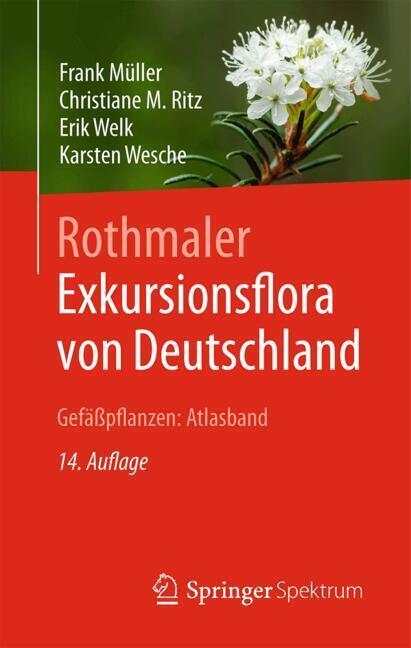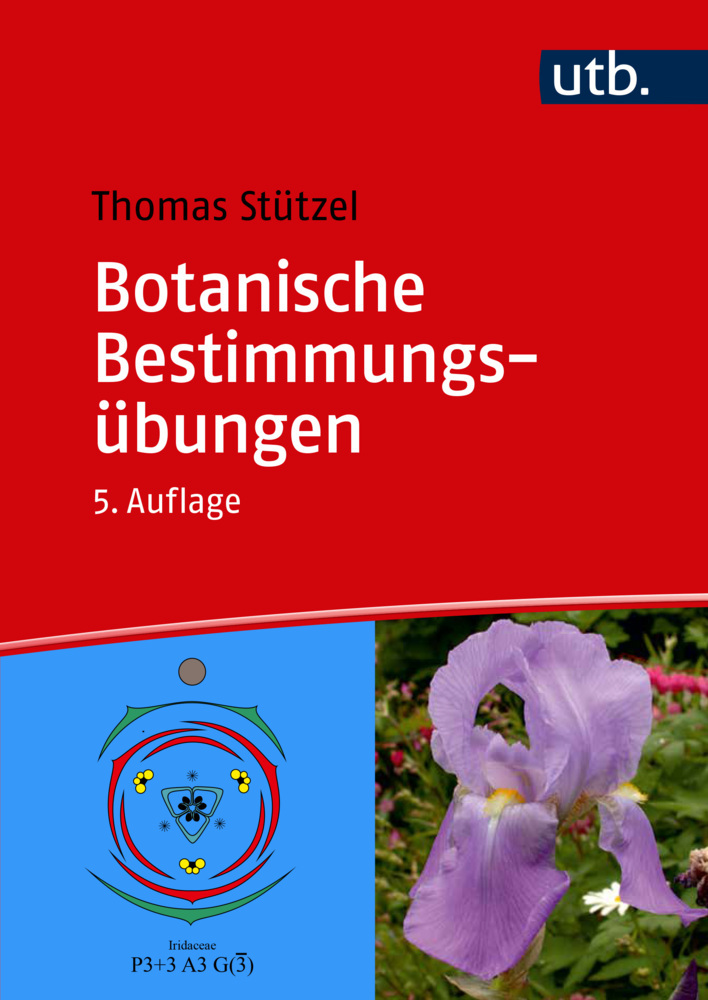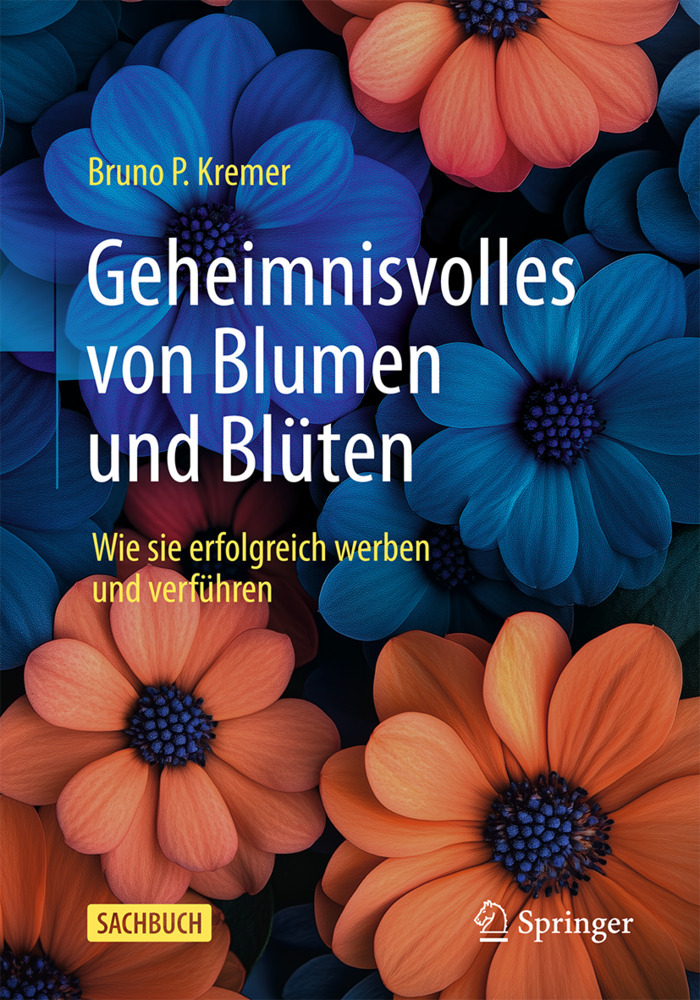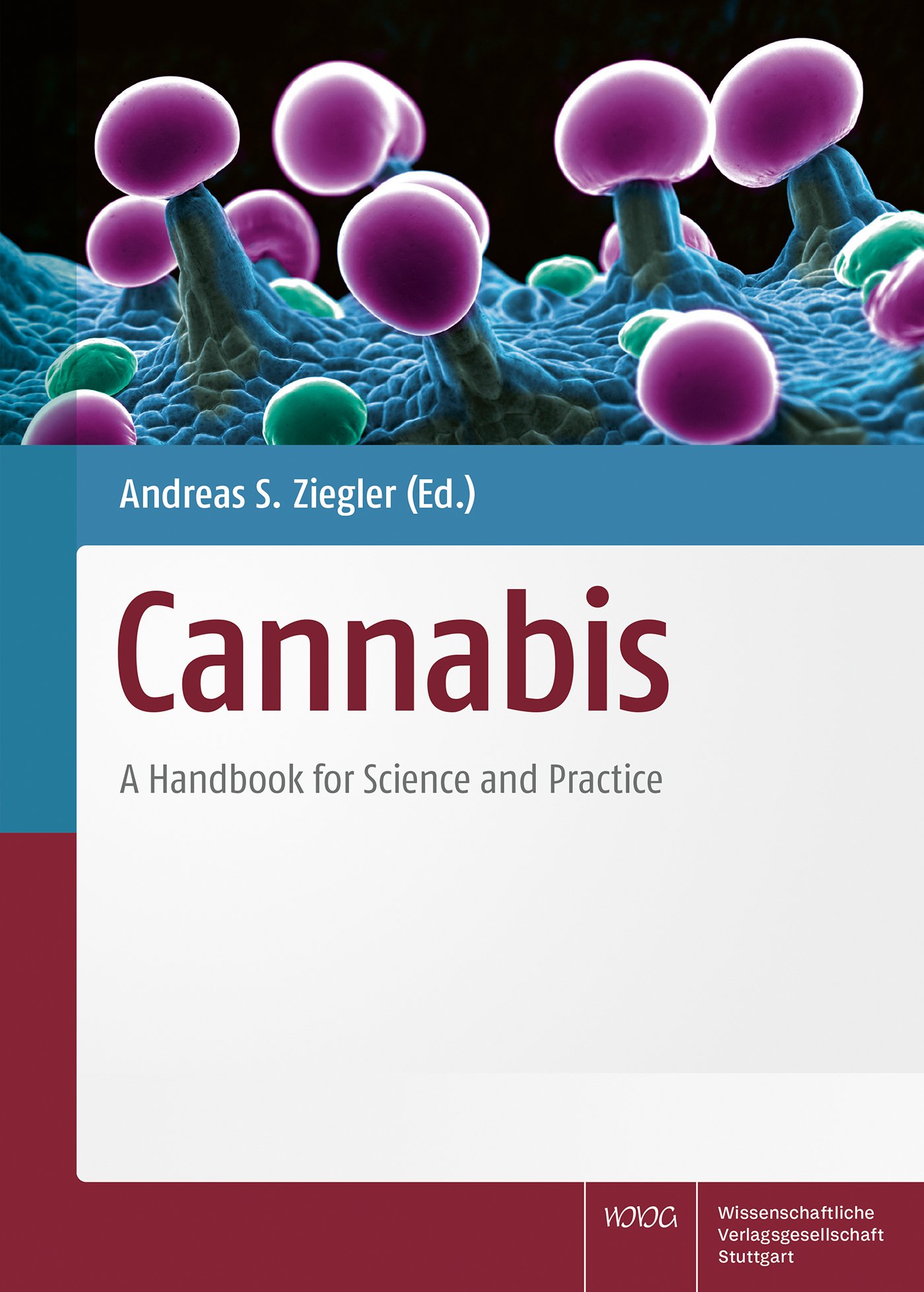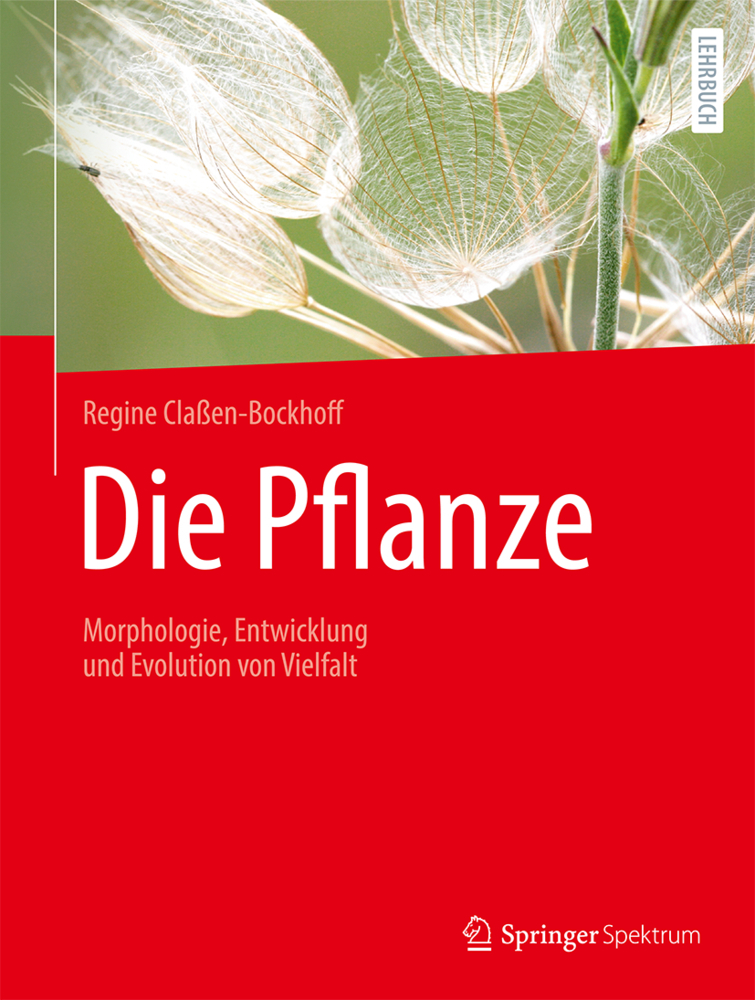Genetics and Improvement of Barley Malt Quality
Genetics and Improvement of Barley Malt Quality presents up-to-date developments in barley production and breeding. The book is divided into nine chapters, including barley production and consumption, germplasm and utilization, chemical composition, protein and protein components, carbohydrates and sugars, starch degrading enzymes, endosperm cell walls and malting quality, genomics and malting quality improvement, and marker-assisted selection for malting quality. The information will be especially useful to barley breeders, malsters, brewers, biochemists, barley quality specialists, molecular geneticists, and biotechnologists. This book may also serve as reference text for post-graduate students and barley researchers. The authors for each chapter are the experts and frontier researchers in the specific areas.
Professor Guoping Zhang is a barley breeder and crop physiologist in Department of Agronomy, Zhejiang University of China. Dr. Chengdao Li is a senior molecular geneticist and barley breeder in Department of Agriculture & Food, Western Australia. He is also an adjunct professor in Murdoch University of Australia and Zhejiang University of China.
1;Preface;7 2;Table of Contents;9 3;1 Barley Production and Consumption;14 3.1;1.1 Introduction;14 3.2;1.2 World Barley Production;15 3.3;1.3 World Barley Trade;19 3.4;1.4 World Barley Consumption;20 3.4.1;1.4.1 Feed Consumption;23 3.4.2;1.4.2 Malting Barley Consumption;23 3.4.3;1.4.3 Food Consumption;26 3.4.4;1.4.4 Other Industrial Uses;27 3.5;References;29 4;2 Barley Germplasm and Utilization;31 4.1;2.1 Origin and Evolution of Cultivated Barley;32 4.1.1;2.1.1 The Taxonomy of Barley;32 4.1.2;2.1.2 Origin of the Cultivated Barley;35 4.1.3;2.1.3 Evolution and Domestication of Cultivated Barley;38 4.2;2.2 Annual Wild Barley;38 4.2.1;2.2.1 Annual Wild Barley in the Near East Fertile Crescent;39 4.2.1.1;2.2 .1.1 Distribution;39 4.2.1.2;2.2.1.2 Diversity of target characters in H. spontaneum and potential use in breeding;40 4.2.2;2.2.2 The Annual Wild Barley in Qing-Tibetan Plateau;51 4.2.2.1;2.2.2.1 Genetic variation of some important characters;51 4.2.2.2;2.2.2.2 Utilization in barley breeding;52 4.2.3;2.2.3 Other Annual Wild Barley Species;53 4.2.4;2.2.4 Prospective;54 4.3;2.3 Perennial Wild.Barley Germplasm;54 4.3.1;2.3.1 The Variation of Target Traits;55 4.3.2;2.3.2 Approaches for Utilization of Perennial Wild Barleys;57 4.4;2.4 Cultivated Barleys;59 4.4.1;2.4.1 Primitive Barleys or Landraces;59 4.4.2;2.4.2 Commercial Varieties;60 4.4.3;2.4.3 Mutants;61 4.5;References;64 5;3 Chemical Composition in Barley Grains and Malt Quality;76 5.1;3.1 Introduction;76 5.2;3.2 Physical Structure;77 5.2.1;3.2.1 Grain Size;78 5.2.2;3.2.2 Dormancy;79 5.2.3;3.2.3 Grain Hardness;80 5.3;3.3 The Internal Structure;81 5.3.1;3.3.1 The Embryo;81 5.3.2;3.3.2 The Aleurone;83 5.3.3;3.3.3 The Barley Husk;84 5.4;3.4 The Barley Endosperm;84 5.4.1;3.4.1 Barley Carbohydrates;85 5.4.1.1;3.4.1.1 Starch;85 5.4.1.2;3.4.1.2 Non-starch polysaccharides;86 5.4.2;3.4.2 Grain Protein;87 5.4.2.1;3.4.2.1 Low protein barleys;88 5.4.2.2;3.4.2.2 Storage proteins;89 5.4.2.3;3.4.2.3 Hordeins, malting and brewing quality;89 5.5;3.5 Malt Quality;91 5.5.1;3.5.1 Diastatic Power;91 5.5.2;3.5.2 a-amylase;91 5.5.3;3.5.3 B-amylase;92 5.5.4;3.5.4 Limit Dextrinase;92 5.5.5;3.5.5 a-glucosidase;93 5.5.6;3.5.6 B-glucanase;93 5.5.7;3.5.7 Proteinase;94 5.5.8;3.5.8 Hot Water Extract;95 5.6;3.6 Feed Barley Quality Traits;96 5.7;3.7 Conclusion;97 5.8;References;98 6;4 Identification of Barley Varieties by Protein Profiling;112 6.1;4.1 Introduction;112 6.2;4.2 Extraction of Proteins for Protein Profiling;113 6.3;4.3 Characteristics of Barley Protein Profiles;114 6.3.1;4.3.1 Peak Size Calling;115 6.3.2;4.3.2 Location and Year;115 6.3.3;4.3.3 Phylogeny;115 6.4;4.4 Discussion;120 6.4.1;4.4.1 Specificity of Variety Identification;120 6.4.2;4.4.2 Location and Year;120 6.4.3;4.4.3 Malting versus Feed;121 6.4.4;4.4.4 Peak Inheritance;121 6.4.5;4.4.5 Contamination;122 6.4.6;4.4.6 Automation;123 6.5;4.5 Conclusion;124 6.6;Acknowledgement;124 6.7;References;124 7;5 B-glucans and Arabinoxylans;126 7.1;5.1 ß-glucan;126 7.1.1;5.1.1 Structure of B-glucan in Barley Grain and its Influence on Malting Quality;127 7.1.1.1;5.1.1.1 Structure and molecular weight of B-glucan;127 7.1.1.2;5.1.1.2 Effect of B-glucan on malt quality;128 7.1.2;5.1.2 Environmental and Genotypic Variation of B-glucan Content in Barley Grain;129 7.1.2.1;5.1.2.1 The variation of B-glucan content in barley grain;129 7.1.2.2;5.1.2.2 Genotypic variation of B-glucan content in barley grain;130 7.1.2.3;5.1.2.3 Environmental variation of B-glucan content in barley grain;131 7.1.3;5.1.3 Genetic Improvement of B-glucan Content in Barley Grain;133 7.1.4;5.1.4 The Relationships between B-glucan and Malt Quality and Some Agronomic Characters;136 7.1.5;5.1.5 Measurement of B-glucan Content;137 7.1.5.1;5.1.5.1 The enzymatic method;138 7.1.5.2;5.1.5.2 Calcofluor flow-Injection analysis (FIA);138 7.1.5.3;5.1.5.3 High performance liquid chromatography method;139 7.1.5.4;5.1.5.4 Near-infrared reflectance spectroscopy method;139 7.2;5.2 Arabinoxylans;140 7.
| ISBN | 9783642012792 |
|---|---|
| Artikelnummer | 9783642012792 |
| Medientyp | E-Book - PDF |
| Auflage | 2. Aufl. |
| Copyrightjahr | 2010 |
| Verlag | Springer-Verlag |
| Umfang | 296 Seiten |
| Sprache | Englisch |
| Kopierschutz | Adobe DRM |

